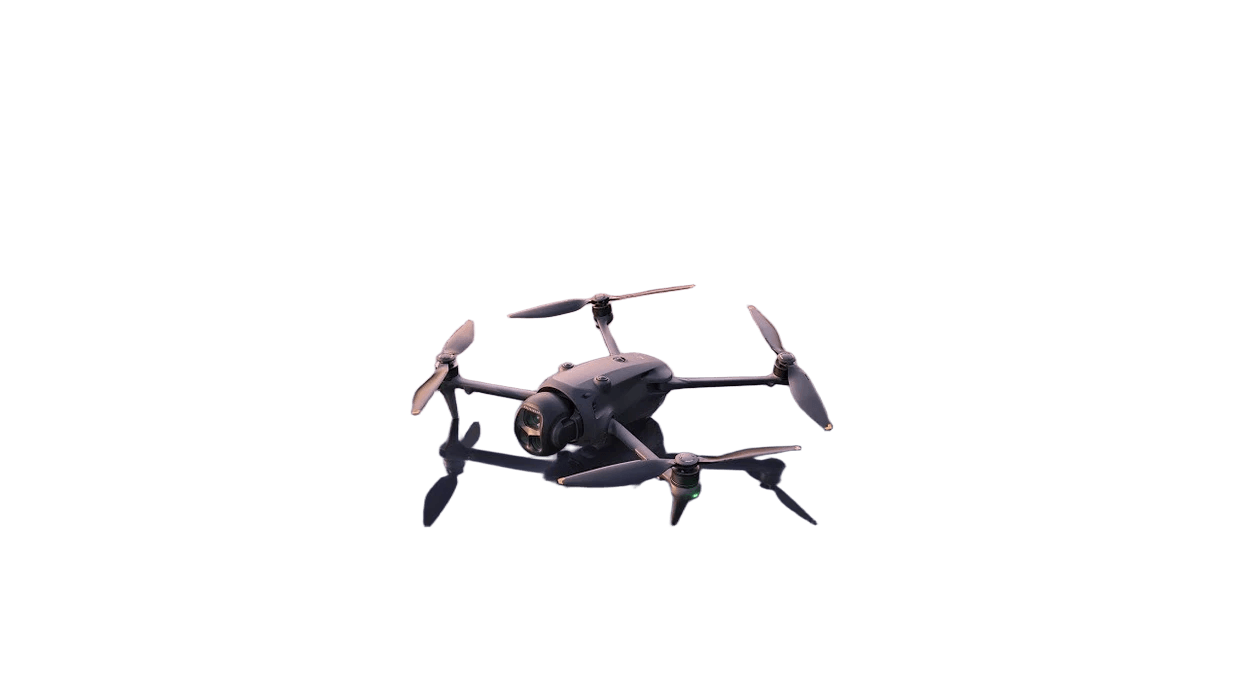Why Choose Thermal-Assisted Aerial Cameras?
Thermal-assisted aerial cameras have transformed wildlife monitoring, security, and environmental surveillance, offering high-efficiency thermal imaging for detecting animals, people, and anomalies in challenging conditions. Whether used for conservation efforts, anti-poaching operations, or search-and-rescue missions, these drones provide unmatched visibility in darkness, fog, and dense vegetation. With advanced thermal sensors, these cameras help track endangered species, monitor ecosystems, and enhance security operations while ensuring minimal environmental disturbance.
Key Features That Make Thermal-Assisted Aerial Cameras Stand Out
🔥 High-Efficiency Thermal Imaging for Precise Detection
✔ Detects heat signatures from wildlife, humans, and environmental objects.
✔ Ideal for tracking animals in dense forests and low-light conditions.
✔ Crucial for anti-poaching surveillance and law enforcement operations.
🚁 Wide-Area Monitoring & Real-Time Thermal Analysis
✔ Covers large areas with long-range thermal scanning.
✔ Provides real-time heat mapping for accurate data collection.
✔ Used in agriculture, wildfire detection, and rescue operations.
⚡ Enhanced Night Vision & Low-Light Performance
✔ Delivers clear imaging in complete darkness or harsh weather conditions.
✔ Remains effective in fog, smoke, and obscured environments.
✔ Perfect for nocturnal wildlife tracking and disaster response.
🔄 AI-Driven Tracking & Smart Detection Systems
✔ AI-powered identification differentiates species and individuals.
✔ Automatic alerts for unusual activity in protected areas.
✔ Prevents false detections with precision thermal algorithms.
🌎 Eco-Friendly & Non-Invasive Surveillance
✔ Minimizes disturbance to wildlife during monitoring.
✔ Reduces human intervention in sensitive ecological zones.
✔ Essential for conservation projects and habitat protection efforts.
Table of Contents
Pros & Cons of Thermal-Assisted Aerial Cameras
- ✅ Pros:
✔ Reliable heat detection even in dense vegetation and extreme conditions.
✔ Ideal for security, conservation, and emergency response applications.
✔ Night vision capability ensures seamless monitoring after dark.
✔ Long-range coverage improves efficiency in large-scale operations. - ❌ Cons:
✖ Higher cost compared to standard drone cameras.
✖ Requires specialized training for accurate image interpretation.
✖ Limited color accuracy due to thermal-based imaging.
Best Thermal-Assisted Aerial Cameras & Accessories
📷 DJI Mavic 3 Thermal – Dual-camera system with infrared imaging for precision tracking.
🔥 Teledyne FLIR Vue TZ20-R – Advanced thermal zoom for search-and-rescue missions.
🚀 DJI Matrice 300 RTK – Commercial-grade aerial camera with extended flight capabilities.
🔍 Autel Evo II Dual 640T – Compact thermal drone for high-resolution imaging.
🎥 Night Vision & ND Filters – Optimize visibility and exposure control in thermal recordings.
How Do Thermal-Assisted Drones Stack Up?
Thermal-assisted aerial cameras provide superior visibility and tracking compared to standard drones, especially in low-light and obscured environments. Below is a comparison of leading thermal drones for wildlife monitoring, surveillance, and rescue operations.
🛒 Top Thermal-Assisted Aerial Cameras
| Shop on Amazon | Sensor | Thermal Resolution | Flight Time | Additional Features |
|---|---|---|---|---|
| Dual RGB + IR Camera | 640 x 512 px | 45 Minutes | AI-Powered Tracking, Night Vision | |
| Radiometric Thermal Sensor | 640 x 512 px | Varies (Drone Mounted) | 20x Thermal Zoom, Search & Rescue | |
| RGB + Thermal Camera | 640 x 512 px | 40 Minutes | Obstacle Avoidance, AI Detection |
💡 Tips for Choosing a Thermal-Assisted Aerial Camera
✔ Consider sensor resolution & detection range for accurate thermal imaging.
✔ Prioritize AI-powered tracking & advanced flight modes for efficient surveillance.
✔ Ensure compatibility with professional accessories for optimized functionality.
🔥 Looking for the best aerial thermal camera? These drones set the standard for wildlife monitoring & security! 🚀📷

